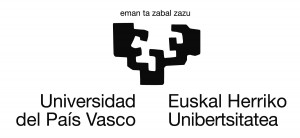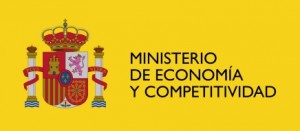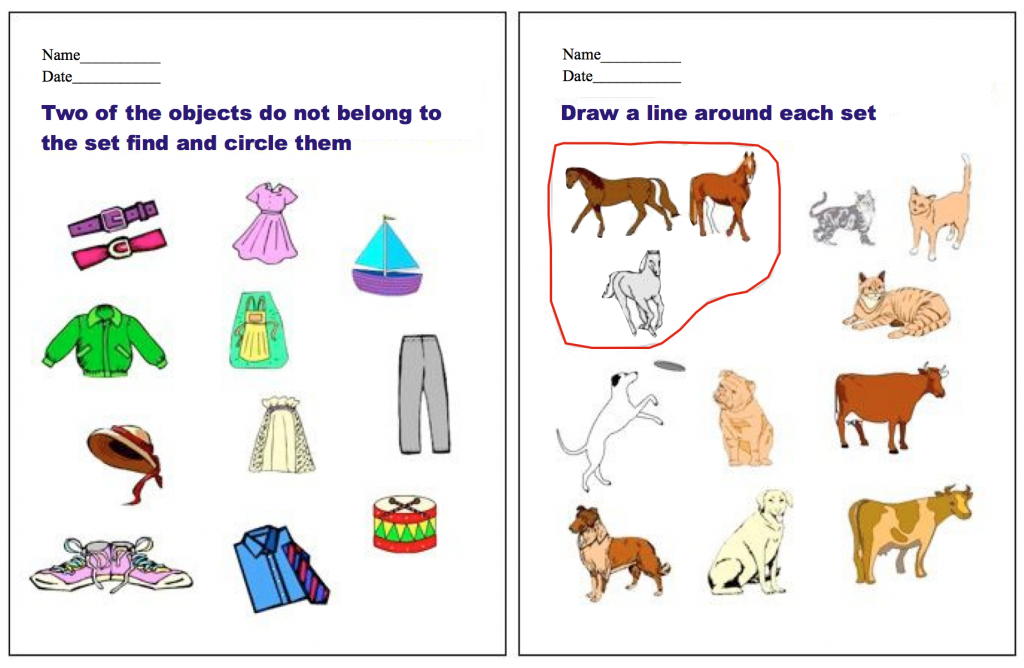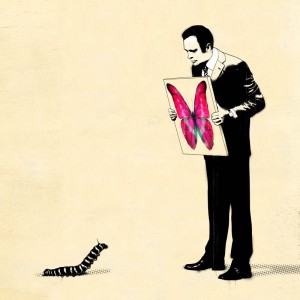Date and time: 18th March 2014, at 11.15
Location: Carlos Santamaria Building, Room B14.
Speaker: Dr. Yanna Popova, Department of Cognitive Science, Case Western Reserve University
Title: Narrativity and Enaction: the Social Nature of Narrative Understanding
Abstract:
The theme of this presentation is an exploration of the deep continuity between the nature of narrativity (what makes a story a story) and a new and comprehensive approach to social cognition, enaction. Although a much scrutinised subject and the topic of many volumes, the field of narrative research is still an open one. That narratives play an irreplaceable role in human knowledge organisation is undeniable, yet the reasons for this remain elusive, and ultimately dependent on the orientation of the research paradigm asking the questions. Some of the main questions motivating my own research on narrative are: “Why do we have stories?” and “What does a narrative possess that makes it a better cognitive tool for organising experience than, for example, a description, an explanation, or an argument?” In everyday life, in art, and among young children, a schematic (narrative) organisation is a preferred form of organising experience. The answer to the question why that I propose is hereby sought in understanding the narrative exchange as enaction.
I propose that narrative is a form of social cognition that is experientially more real than other forms of organising experience for two reasons. First, stories re-describe experience through a dynamic causal structure (perception of causality). Second, stories facilitate social agency through an affordance of a narratorial consciousness enacted by a reader in the process of narrative understanding. Participatory sense making, a crucial concept from the enactive paradigm, will be explored in relation to specific verbal and non-verbal narrative features. Definitional in the enactive approach is the notion that cognition bears a constitutive relation to its objects. Similarly, in my understanding the story world is defined as a relational domain, enacted or brought forward by an autonomous agency, defined through the classical notion of the narrator. Events become stories through the mediating role of an anthropomorphic quasi-personal entity, performing two default functions (types of action) in any kind of narrative: perception and enunciation. The default function in verbal literary narratives is one of enunciation (voice); it is closely related to linguistic expression: word choice, imagery, manner of speaking. The default function in filmic narratives is one of perception (seeing). Finally, I provide a typology of narrative enaction which serves to explain, depending on the specific functions performed, the quasi-experiential feel of narrative and its cultural ubiquity.
Date and time: 18th March 2014, at 11.15
Location: Carlos Santamaria Building, Room B14.
Speaker: Dr. Yanna Popova, Department of Cognitive Science, Case Western Reserve University
Title: Narrativity and Enaction: the Social Nature of Narrative Understanding
Abstract:
The theme of this presentation is an exploration of the deep continuity between the nature of narrativity (what makes a story a story) and a new and comprehensive approach to social cognition, enaction. Although a much scrutinised subject and the topic of many volumes, the field of narrative research is still an open one. That narratives play an irreplaceable role in human knowledge organisation is undeniable, yet the reasons for this remain elusive, and ultimately dependent on the orientation of the research paradigm asking the questions. Some of the main questions motivating my own research on narrative are: “Why do we have stories?” and “What does a narrative possess that makes it a better cognitive tool for organising experience than, for example, a description, an explanation, or an argument?” In everyday life, in art, and among young children, a schematic (narrative) organisation is a preferred form of organising experience. The answer to the question why that I propose is hereby sought in understanding the narrative exchange as enaction.
I propose that narrative is a form of social cognition that is experientially more real than other forms of organising experience for two reasons. First, stories re-describe experience through a dynamic causal structure (perception of causality). Second, stories facilitate social agency through an affordance of a narratorial consciousness enacted by a reader in the process of narrative understanding. Participatory sense making, a crucial concept from the enactive paradigm, will be explored in relation to specific verbal and non-verbal narrative features. Definitional in the enactive approach is the notion that cognition bears a constitutive relation to its objects. Similarly, in my understanding the story world is defined as a relational domain, enacted or brought forward by an autonomous agency, defined through the classical notion of the narrator. Events become stories through the mediating role of an anthropomorphic quasi-personal entity, performing two default functions (types of action) in any kind of narrative: perception and enunciation. The default function in verbal literary narratives is one of enunciation (voice); it is closely related to linguistic expression: word choice, imagery, manner of speaking. The default function in filmic narratives is one of perception (seeing). Finally, I provide a typology of narrative enaction which serves to explain, depending on the specific functions performed, the quasi-experiential feel of narrative and its cultural ubiquity.
Date and time: 18th March 2014, at 11.15
Location: Carlos Santamaria Building, Room B14.
Speaker: Dr. Yanna Popova, Department of Cognitive Science, Case Western Reserve University
Title: Narrativity and Enaction: the Social Nature of Narrative Understanding
Abstract:
The theme of this presentation is an exploration of the deep continuity between the nature of narrativity (what makes a story a story) and a new and comprehensive approach to social cognition, enaction. Although a much scrutinised subject and the topic of many volumes, the field of narrative research is still an open one. That narratives play an irreplaceable role in human knowledge organisation is undeniable, yet the reasons for this remain elusive, and ultimately dependent on the orientation of the research paradigm asking the questions. Some of the main questions motivating my own research on narrative are: “Why do we have stories?” and “What does a narrative possess that makes it a better cognitive tool for organising experience than, for example, a description, an explanation, or an argument?” In everyday life, in art, and among young children, a schematic (narrative) organisation is a preferred form of organising experience. The answer to the question why that I propose is hereby sought in understanding the narrative exchange as enaction.
I propose that narrative is a form of social cognition that is experientially more real than other forms of organising experience for two reasons. First, stories re-describe experience through a dynamic causal structure (perception of causality). Second, stories facilitate social agency through an affordance of a narratorial consciousness enacted by a reader in the process of narrative understanding. Participatory sense making, a crucial concept from the enactive paradigm, will be explored in relation to specific verbal and non-verbal narrative features. Definitional in the enactive approach is the notion that cognition bears a constitutive relation to its objects. Similarly, in my understanding the story world is defined as a relational domain, enacted or brought forward by an autonomous agency, defined through the classical notion of the narrator. Events become stories through the mediating role of an anthropomorphic quasi-personal entity, performing two default functions (types of action) in any kind of narrative: perception and enunciation. The default function in verbal literary narratives is one of enunciation (voice); it is closely related to linguistic expression: word choice, imagery, manner of speaking. The default function in filmic narratives is one of perception (seeing). Finally, I provide a typology of narrative enaction which serves to explain, depending on the specific functions performed, the quasi-experiential feel of narrative and its cultural ubiquity.






